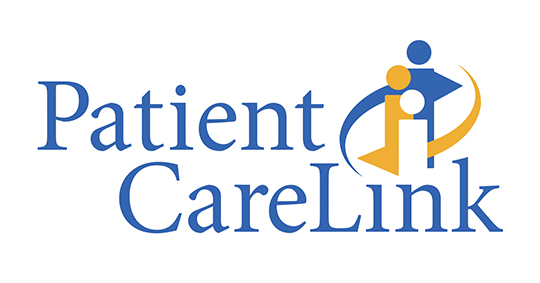VTE Summary:
Venous thromboembolism (VTE) is a blood clot that starts in a vein. It is the third leading vascular diagnosis after heart attack and stroke, affecting about 300,000-600,000 Americans each year. There are two types: Deep vein thrombosis (DVT) is a clot in a deep vein, usually in the leg, but sometimes in the arm or other veins. Pulmonary embolism (PE) occurs when a DVT clot breaks free from a vein wall, travels to the lungs and blocks some or all of the blood supply. Blood clots in the thigh are more likely to break off and travel to the lungs than blood clots in the lower leg or other parts of the body.
What is the cause?
DVTs form in the legs when something slows or changes the flow of blood. The most common triggers for DVT and PE are surgery, cancer, immobilization and hospitalization. In women, pregnancy and use of hormones like oral contraceptive or estrogen for menopause symptoms are also important. Clotting is more likely to happen in people who are older, are obese or overweight or have conditions – such as cancer or autoimmune disorders such as lupus. It’s also more likely in people whose blood is thicker than normal because too many blood cells are made by bone marrow. Genetic causes of excessive blood clotting are also important. These occur when there are changes in the genetic code of some proteins needed for clotting or proteins that work to naturally dissolve blood clots in the body. VTE is most common in adults 60 and older, but they can occur at any age.
Symptoms:
If the clot moves into your lungs and you develop PE, you may have symptoms such as:
- chest pain, which may get worse when you breathe deeply or cough
- coughing
- coughing up blood
- dizziness or even fainting
- rapid breathing (called tachypnea)
- rapid heartbeat
- irregular heartbeat
- shortness of breath
Treatment
The primary objectives for the treatment of deep venous thrombosis (DVT) are to prevent pulmonary embolism (PE), reduce morbidity, and prevent or minimize the risk of developing the postthrombotic syndrome (PTS). The mainstay of medical therapy has been anticoagulation since the introduction of heparin in the 1930s.

